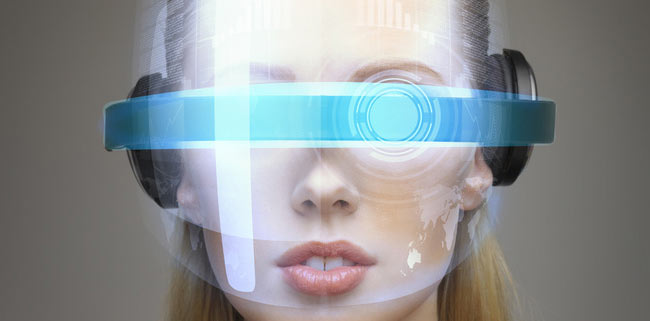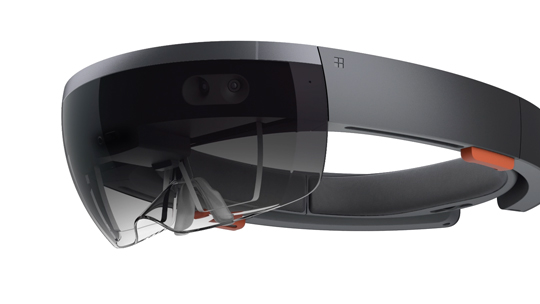
Virtual Reality
An artificial environment created with computer hardware and software and presented to the user in such a way that it appears and feels like a real environment. Virtual realities artificially create sensory experience, which can include sight, touch, hearing, and smell.
Most up-to-date virtual realities are displayed either on a computer screen or with a special virtual reality headset, and some simulations include additional sensory information and focus on real sound through speakers or headphones targeted towards VR users.
The simplest form of virtual reality is a 3-D image that can be explored interactively at a personal computer. To date, virtual reality systems require extremely expensive hardware and software and are confined mostly to research laboratories.
Virtual reality can be divided into:
The simulation of a real environment for training and education.
The development of an imagined environment for a game or interactive story.
The immersive environment created is similar to the real world in order to create a lifelike experience. Some of the common examples of this are: simulations for pilot or combat training, Vehicle driving training. The Virtual environment can differ significantly from reality, such as in VR games.
VRML
VRML is a specification for displaying 3-dimensional objects on the World Wide Web. You can think of it as the 3-D equivalent of HTML. Files written in VRML have a.wrl extension short for world. To view these files, you need a VRML browser or a VRML plug-in to a Web browser.
The Virtual Reality Modelling Language allows the creator to specify /images and the rules for their display and interaction using textual language statements.
Some applications of Virtual Reality
There are a wide variety of applications for virtual reality which include:
- Architecture
- Sport
- Medicine
- The Arts
- Entertainment
Virtual reality can lead to new and exciting discoveries in these areas which impact upon our day to day lives.
Virtual Reality Gadgets
Virtual reality is not a distant future-tech innovation. Most of these gadgets are shipping now or will be ready to ship in few weeks.
- HTC Vive A high-end headset designed for deeper immersion, the Vive uses two hand controllers and has 32 sensors for full 360-degree head tracking.
- Oculus Rift The one that started it all, the Rift headset will ship later this month. It supports highly immersive games like EVE: Valkyrie but requires a high-end gaming PC.
- Samsung Gear VR A lower cost model that uses your Samsung Galaxy phone to play VR content, this headset still provides 360-degree viewing for games and movies.
- Microsoft HoloLens While it’s technically not a VR headset, the Microsoft HoloLens creates an augmented reality image as an overlay on a real scene.
- Sony PlayStation VR This 1080p HD headset lets you play games like Star Wars Battlefront in an immersive VR world. The goggles connect to a PlayStation 4 and use the PlayStation Camera.
- Google Cardboard Viewer The lowest-cost option, Google Cardboard headset works with any recent Android phone. You fold the cardboard into a headset and place your phone inside.




